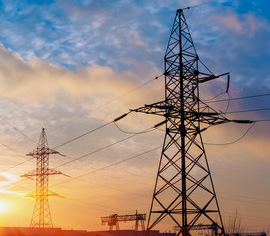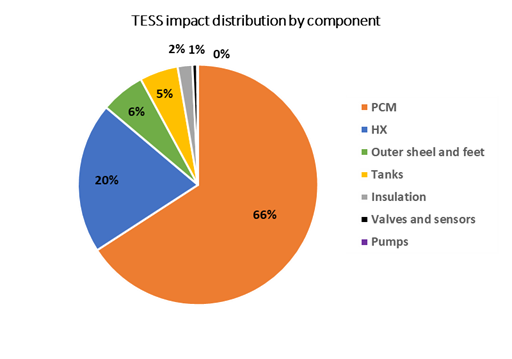IE engine pump in ECT’s laboratory
The innovative heat driven engine-pump developed by ECT, also known as isobaric expansion (IE) engine is part of the CHEST system that is currently being assembled. The planned experimental campaign for IE engine-pump was completed successfully and has proven the expected advantages.
Performance map for CHEST technology
The IE engine can pump 6-30 l / min of any liquid at a pressure drop of 10-25 bar (i.e. 100-250 m water head), using hot water at a temperature of 60-85 °C as a heat source; thermal efficiency – 4-6%. The IE engine-pumps can be integrated to the ORC system as the high-pressure feed pump. It can also be used as a low-grade-heat driven pump to transfer any liquid in CHEST system without electrical power and associated equipment.
The newly developed engine avoids the detrimental losses during energy conversion by converting the heat directly into mechanical work in just one step. Alternative, sustainable and, above all, clean energy sources can be used.
How it works?
The IE engine uses heat as an energy resource (like conventional heat engines). The temperature difference between heater and cooler is used to gain mechanical work. The cyclical heating and cooling of a working medium leads to an alternating expansion and compression of the fluid, from which a positive work is gained overall. The IE engine differs from the known technologies through the use of dense working media, a new compression-expansion cycle eliminating gas/vapour expansion accompanied by a pressure decrease typical of all state-of-the-art heat engines, a simplified engine design and the direct use of hydraulic power.
Application of IE engine pump
IE engines can be easily scaled from several watts to a few megawatts and thus adapted to individual requirements. The IE engine can perform all operations related to existing heat engines. Volumetric pumps are a very simple and effective application of the engine as the engine itself acts as a pump. A great strength of the new IE engine pump is the flexibility in terms of utilization. Compared to conventional centrifugal pumps and radial / axial compressors, which have a low efficiency in part load operation, IE engine operates economically even if they are not being used to 100%.
Potential of IE engines
With the IE engine, investment and maintenance costs are reduced, higher thermal efficiencies are achieved, and (renewable) energy sources can be used in a wide temperature range including low heat source temperatures where other technologies are unprofitable.
Recent experiments have demonstrated efficient engine operation at low heat source temperatures down to 35 °C. The ability to use low temperature differences (30-40°C) can significantly expand the capabilities of IE technology. This may be of interest for OTEC (Ocean Thermal Energy Conversion), low enthalpy geothermal heat (where heat from the engine is used for district heating, cooling, etc.), waste heat recovery in chemical and food industries, refineries, etc.
Currently, the engine-pump is being modified to generate shaft power (rotary motion) and then electricity.
Learn more
If you want to learn more about the experimental testing campaigns of the other prototypes of CHEST technology, click here.



